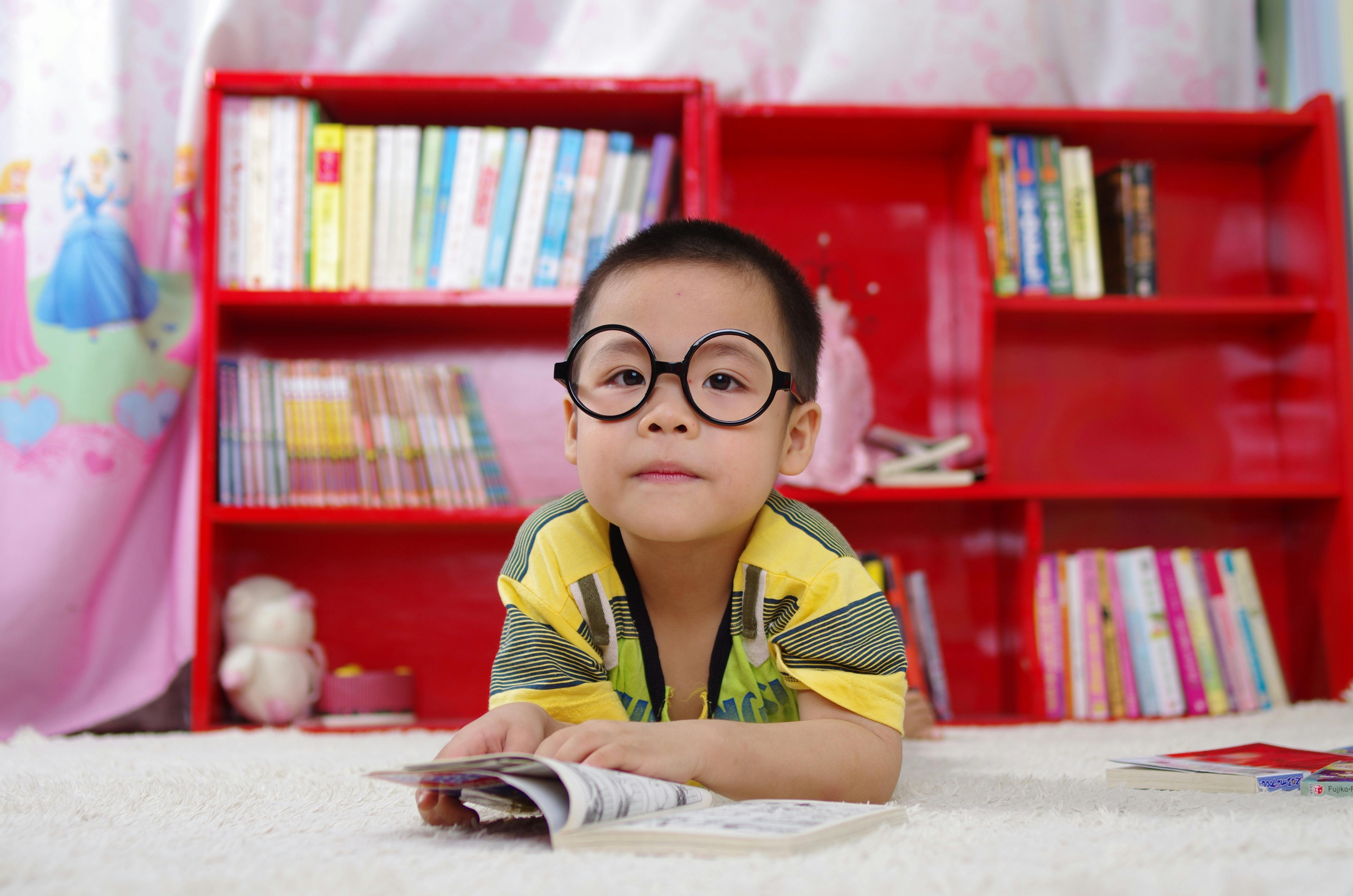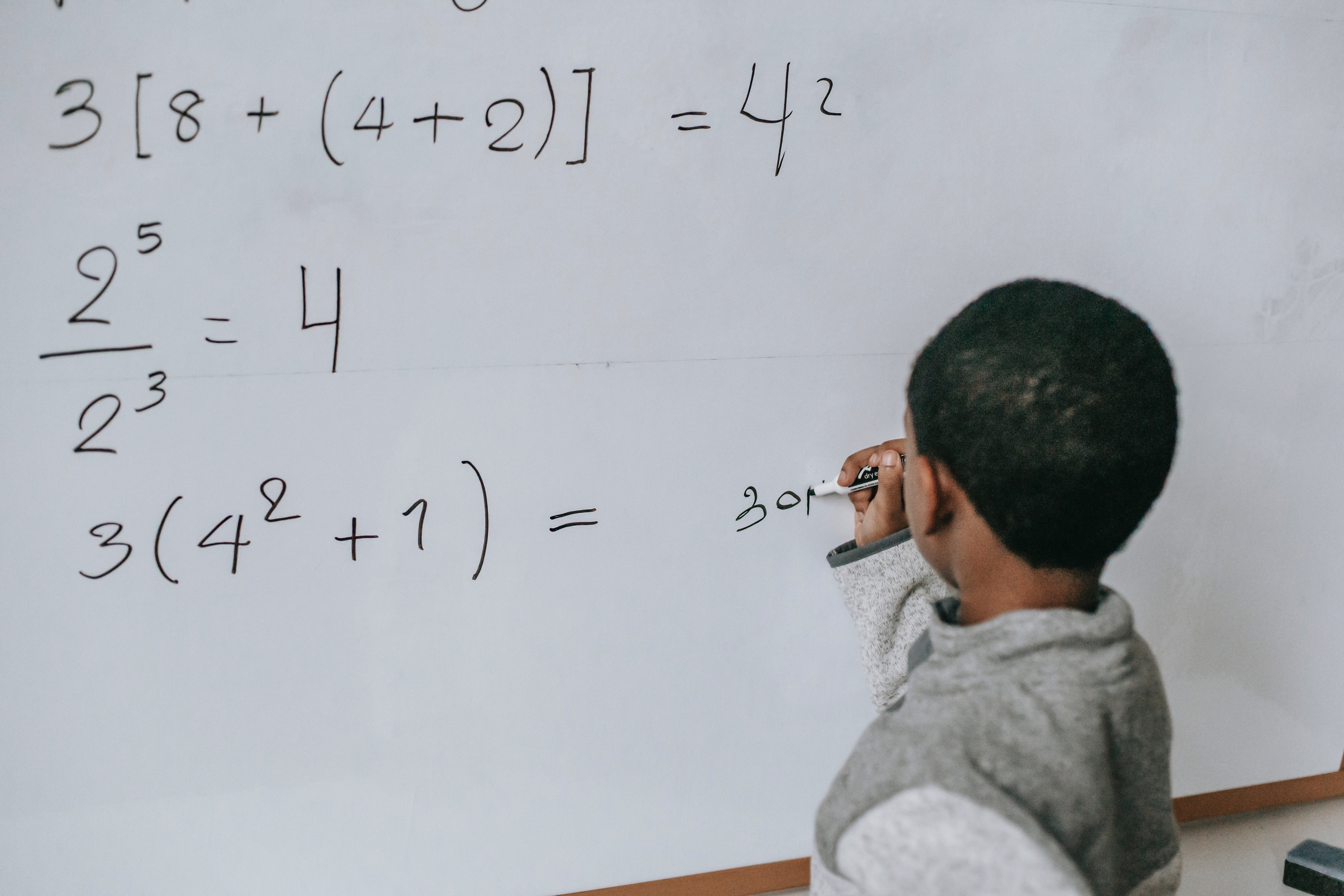
OVERVIEW
In Grade 2 social studies, students will develop their understanding of their local community
and begin to examine the global community. Students will explore a variety of traditions
within their families and their local communities, developing an understanding of how
these traditions contribute to and enrich their own community and Canadian society.
They will also study communities around the world, developing an awareness of the
relationship between location, climate, physical features, and how people live in various
communities. Students will use the social studies inquiry process to investigate traditions,
ways of life, and relationships with the environment in local and global communities,
and they will develop their ability to extract information from and construct maps for
specific purposes.
The Grade 2 social studies expectations provide opportunities for students to explore
a number of concepts connected to the citizenship education framework (see page 10),
including community, identity, relationships, respect, and stewardship.
The following chart presents an overview of the Grade 2 social studies curriculum, and
is meant to provide a starting point for planning instruction. For each overall expectation
(listed in the first column), it identifies a related concept (or concepts) of social studies
thinking and a big idea (see pages 14 and 13 for an explanation of big ideas and the
concepts of disciplinary thinking and page 60 for definitions of the concepts of social
studies thinking). General framing questions are provided for each strand to stimulate
students’ curiosity and critical thinking and to heighten the relevance of what they are
studying. These broad and often open-ended questions can be used to frame a set of
expectations, a strand, or a cross-disciplinary unit. The final column suggests ways in
which spatial skills can be introduced and/or developed at this grade level, and indicates
specific expectations with which they can be used (see page 25 for a description of
spatial skills).
- Teacher: Bouyela Education Corporation
Children’s early learning experiences have a profound effect on their later development.
The health and physical education program for Grades 1 to 3 therefore focuses on the
foundational knowledge and skills that students will need in order to support mental
health and well-being, develop physical and health literacy, and acquire the commitment
and capacity to lead healthy, active lives. Through participating in health and physical
education in the classroom and gymnasium, out of doors, in schoolyards and school gardens,
and in the community, students learn to make healthy active living a part of everyday life.
The expectations in these grades provide opportunities for students to strengthen their
oral language and knowledge of subject-specific vocabulary, their kinesthetic awareness
and understanding of movement concepts, their capacity for imagining, pretending, and
reflecting, and their higher-order thinking skills. All of this learning builds on the foundation laid in the learning expectations of the Kindergarten program, particularly in the areas
(Kindergarten “frames”) of Self-Regulation and Well-Being, which includes learning about
healthy active living and its effects on the mind and body, and Belonging and Contributing.
- Teacher: Bouyela Education Corporation
OVERVIEW
In Grade 2 social studies, students will develop their understanding of their local community and begin to examine the global community. Students will explore a variety of traditions within their families and their local communities, developing an understanding of how these traditions contribute to and enrich their own community and Canadian society. They will also study communities around the world, developing an awareness of the relationship between location, climate, physical features, and how people live in various communities. Students will use the social studies inquiry process to investigate traditions, ways of life, and relationships with the environment in local and global communities, and they will develop their ability to extract information from and construct maps for specific purposes.
The Grade 2 social studies expectations provide opportunities for students to explore a number of concepts connected to the citizenship education framework (see page 10), including community, identity, relationships, respect, and stewardship.
The following chart presents an overview of the Grade 2 social studies curriculum and
is meant to provide a starting point for planning instruction. For each overall expectation
(listed in the first column), it identifies a related concept (or concepts) of social studies
thinking and a big idea (see pages 14 and 13 for an explanation of big ideas and the
concepts of disciplinary thinking and page 60 for definitions of the concepts of social
studies thinking). General framing questions are provided for each strand to stimulate
students’ curiosity and critical thinking and to heighten the relevance of what they are
studying. These broad and often open-ended questions can be used to frame a set of
expectations, a strand, or a cross-disciplinary unit. The final column suggests ways in
which spatial skills can be introduced and/or developed at this grade level and indicates
specific expectations with which they can be used (see page 25 for a description of
spatial skills).
- Teacher: Bouyela Education Corporation

French Immersion, Grade 2 is an engaging and immersive educational program designed for students at the second-grade level. In this dynamic learning environment, students are exposed to the French language through various interactive and educational activities. The curriculum focuses on building a strong foundation in both language skills and cultural understanding. Through fun and age-appropriate lessons, students not only enhance their proficiency in French but also develop a deep appreciation for the rich Francophone culture. The Grade 2 French Immersion program aims to foster language acquisition, communication skills, and cultural awareness, laying the groundwork for a lifelong love of learning and linguistic diversity.
- Teacher: Bouyela Education Corporation

In Grade 2 Mathematics, students focus on developing a positive math identity, fostering well-being, and building resilience. The curriculum encompasses several strands with specific expectations:
1. Social-Emotional Learning (SEL) Skills and the Mathematical Processes: Students apply social-emotional skills to support their use of mathematical processes across all strands.
2. Number: Students develop number sense, understanding numbers and their everyday applications. They use their knowledge of numbers and operations to solve real-life mathematical problems.
3. Algebra: Students explore patterns, relationships, variables, expressions, equalities, and inequalities. They apply this understanding in various contexts, including coding to solve mathematical problems.
4. Data: Students develop data literacy skills, managing, analyzing, and using data to make informed decisions and arguments. They also learn about probability, describing likelihood and making predictions.
5. Spatial Sense: Students enhance geometric and spatial reasoning skills by describing and representing shapes, locations, and movement. They also compare, estimate, and determine measurements in different contexts.
6. Financial Literacy: Students gain an understanding of money, finances, and the value of Canadian currency.
Throughout Grade 2 Mathematics, students strengthen their understanding of fundamental concepts and their practical applications. They cultivate critical thinking, problem-solving, and mathematical reasoning skills while incorporating social-emotional learning to support their overall well-being and success as math learners.
- Teacher: Bouyela Education Corporation